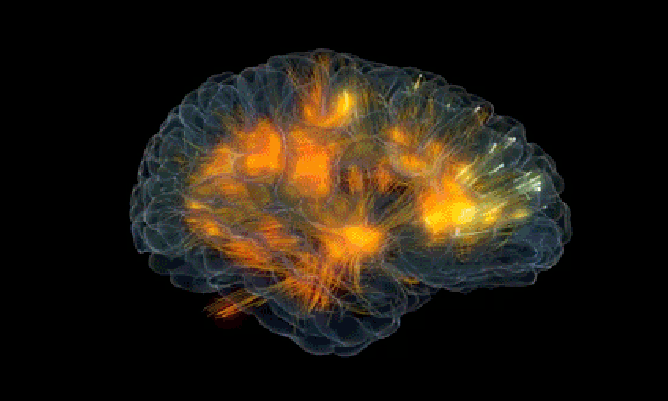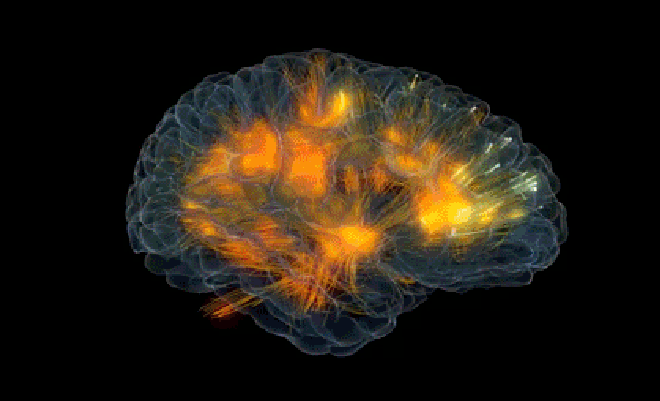Let’s check out some brain research fuelling new migraine treatments
Those who suffer from a migraine know how debilitating and intense the pain can get. But most people don’t know that it is one of the most common disorders that affects around 960 million people globally.
What is even worse is that it is hard to find a cure for a migraine. One reason being, instead of a simple headache, it is a cluster of symptoms that may occur before the start of a headache and last even after it ends.
Despite several medications, migraineurs (the official term for people who suffer migraines) still struggle to find relief and a cure to this disorder. Besides this, these medications are not only ineffective in most cases but also possess serious health complications and side effects.
Researchers and neuroscientists are continually looking out for ways to devise potential migraine treatments that are free from harm and utterly effective in alleviating the pain. For this, researchers are studying the brain structures to dig deeper into the disorder.
Brain Imaging Sheds Light on Migraine Causes
Earlier, physicians and scientists thought that a migraine pain erupts due to the widening of the blood vessels present in the brain.
Medications that are used to treat a migraine like ergots and triptans function by helping the blood vessel to narrow down. However, constricting blood vessels has shown some adverse effects on the heart. For those suffering from heart ailments, these medicines are generally not the safest choice.
Advances in medical sciences like positron emission tomography test or PET, and Functional Magnetic Resonance Imaging or fMRI are allowing researchers to study the changes that occur in the brain during a migraine attack.
But most significantly, image scanning has highlighted the association of amino acids with migraine attacks. Studies and research have shown that the level of two amino acids rises during migraine headaches. These amino acids are calcitonin gene-related peptide (CGRP) and pituitary adenylate cyclase-activating polypeptide (PACAP). The discovery is aiding scientists and physicians in formulating more effective targeted migraine medications that are less harmful to the health of the heart.
A Stimulating New Way to Treat Migraines
Apart from brain imaging and brain scans, there is a breakthrough in the treatment of a migraine called neuromodulation. In neuromodulation treatment, the nerves that are commonly involved with migraine pains receive electromagnetic impulses through a portable device. Through neuromodulation, one can alleviate the migraine symptoms without any adverse side effects.

STMS or Single Pulse Transcranial Magnetic Stimulation is a portable device that a user holds against their head. The device then sends an impulse to the brain to avert migraine pain. The device can treat a migraine with aura. Migraine with aura (also called classic migraine) is a headache that strikes after or along with sensory disturbances called aura. These disturbances can include flashes of light, blind spots and other vision changes or tingling in your hand or face.
Similarly, also using technology to treat episodic migraines that occur with or without aura, low-intensity electric currents are released through t-SNS (Transcutaneous supraorbital neurostimulation) device that stimulates the trigeminal nerve.

In a significant study on migraine treatment in 2016, neuroscientists observed that vagus nerve stimulation lowers the duration of a migraine attack without any severe side effects. In the same line, researchers have formulated a new device that stimulates the vagus nerve. This noninvasive technique has shown to prevent a migraine and offer relief from it.
If you, or someone you love, is struggling with migraines and you’re looking for a natural migraine treatment, get in touch with us for a free consultation to learn more about neurofeedback and how it is an effective, non-invasive, drug-free migraine treatment.





